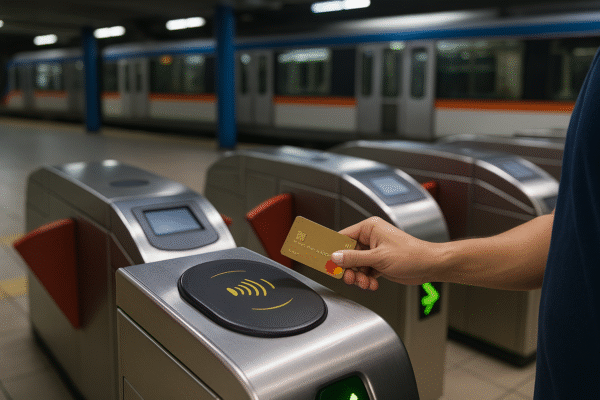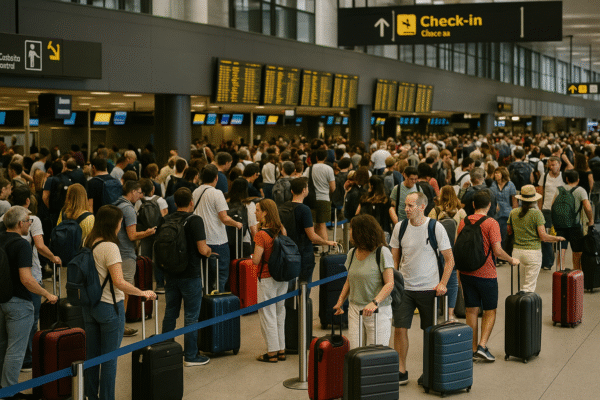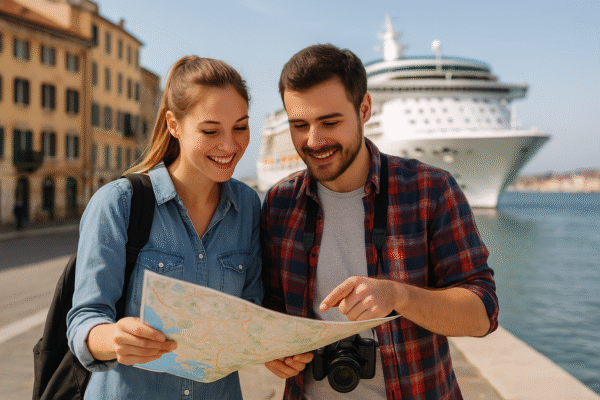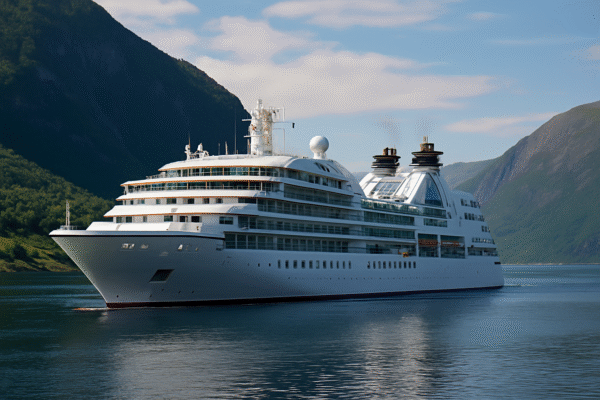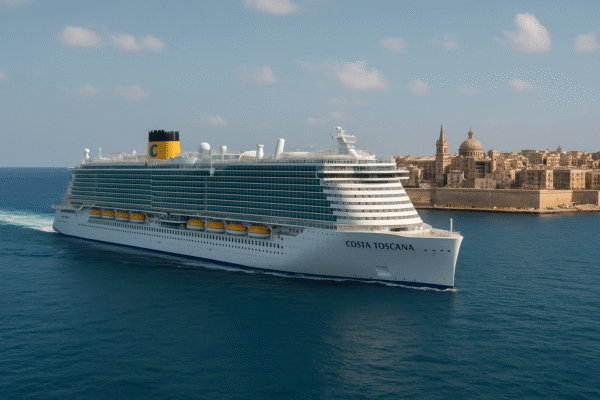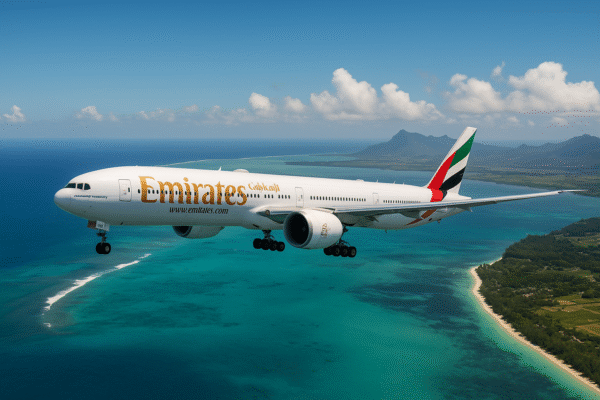Cruising through Europe offers a breathtaking introduction to the continent’s rich history, iconic architecture, and vibrant cultures. But many first-time cruisers make simple mistakes that can limit the experience. From sticking too closely to tourist-heavy ports to relying solely on English, these errors can prevent travelers from truly connecting with the destinations they visit.
To make the most of your European cruise—whether you’re docking in Barcelona, strolling through Venice, or disembarking in Marseille—consider adopting a few key habits. Learning basic local phrases, trying regional dishes, and exploring beyond the cruise terminals can dramatically enrich your trip and help you travel more respectfully and memorably.
1. Learn Basic Local Phrases to Connect Authentically
One of the most common mistakes European cruise passengers make is assuming English will always suffice. While English is widely spoken in many tourist hubs, showing an effort to speak the local language goes a long way toward building rapport with residents.
Simple greetings like “bonjour” (France), “hola” (Spain), “ciao” (Italy), or “dankeschön” (Germany) are not just polite—they’re a gesture of respect. Locals appreciate the effort, even if your pronunciation isn’t perfect. According to the European Travel Commission, travelers who engage in cultural learning—even minimally—tend to have more immersive and fulfilling experiences.
You don’t need to be fluent. Learn essential phrases like “please,” “thank you,” “where is the bathroom?” or “I would like…” Apps like Duolingo, Babbel, and Google Translate can help you practice before and during your trip. These small efforts can turn simple interactions into memorable moments.
2. Don’t Be Afraid to Try Local Cuisine
While international cruise ships often offer a wide selection of global cuisine onboard, one of the greatest joys of traveling in Europe is diving into its culinary traditions. Unfortunately, many travelers stick to familiar dishes, missing out on regional delicacies that are central to local identity.
From creamy risottos in Northern Italy to freshly grilled seafood in the Greek Islands and buttery croissants in Southern France, each port city offers unique tastes you can’t find anywhere else. If you’re hesitant, start small—perhaps try tapas in Spain, goulash in Hungary, or a warm pretzel in Germany. Local restaurants, cafes, and food markets offer an authentic window into regional life and hospitality.
Even UNESCO recognizes the cultural significance of cuisine, such as the Mediterranean Diet, which spans countries like Spain, Italy, and Greece. By embracing local food, you’re not just satisfying your hunger—you’re also participating in the traditions and rhythms of everyday life in these regions.
3. Go Beyond the Port: Discover Hidden Gems
Cruise terminals are often located in or near major cities, but staying close to the ship means you’re likely surrounded by souvenir shops, chain restaurants, and other tourists. To truly experience Europe, step outside the immediate port area and seek out more authentic experiences.
Use your limited shore time wisely by researching excursions in advance or hiring a local guide. In Rome, skip the crowded Colosseum tours and visit the lesser-known Appian Way. In Dubrovnik, Croatia, explore the nearby Elafiti Islands instead of sticking to the old town. In Marseille, France, venture inland to taste wines in the Provence region.
Even half-day excursions outside the port can take you to charming villages, scenic landscapes, or historic landmarks that most cruisers never see. Organizations like the European Commission and national tourism boards offer traveler guides encouraging visitors to disperse from city centers to ease overtourism and promote sustainable travel.
Additionally, adding pre- or post-cruise days to your itinerary can give you a more relaxed introduction to your departure or arrival city. Whether it’s exploring Amsterdam’s canals, enjoying Lisbon’s tram rides, or visiting museums in Copenhagen, this extra time makes your overall experience more enriching.
Tips for Planning a Culturally Immersive European Cruise
- Research Each Destination: Use official tourism sites or individual country portalsfor regional highlights.
- Use Local Transportation: Trains and buses are efficient and allow deeper exploration. Many cities offer cruise port shuttles to nearby towns or scenic routes.
- Be Mindful of Local Customs: In some countries, dress codes, tipping etiquette, or dining hours may differ from what you’re used to.
- Practice Responsible Tourism: Avoid overcrowding hotspots by visiting less-known neighborhoods or rural areas, and support local businesses over global chains.
Conclusion
Your European cruise is more than just a floating resort—it’s a gateway to some of the world’s richest cultures and histories. By learning a few local phrases, being adventurous with food, and venturing beyond the cruise terminal, you can transform a typical vacation into a deeply rewarding journey.
Travelers who engage authentically with destinations often return with stories that go beyond snapshots and souvenirs. With a little curiosity and respect for the places you visit, your European cruise can become the adventure of a lifetime—full of hidden gems, delicious flavors, and unforgettable human connections.
For more travel news like this, keep reading Global Travel Wire

